How to Master Vendor Selection and Boost Win Rates?
Master the vendor selection process with our 7-step guide. Learn key evaluation criteria, avoid common pitfalls, and discover how to choose the right partner
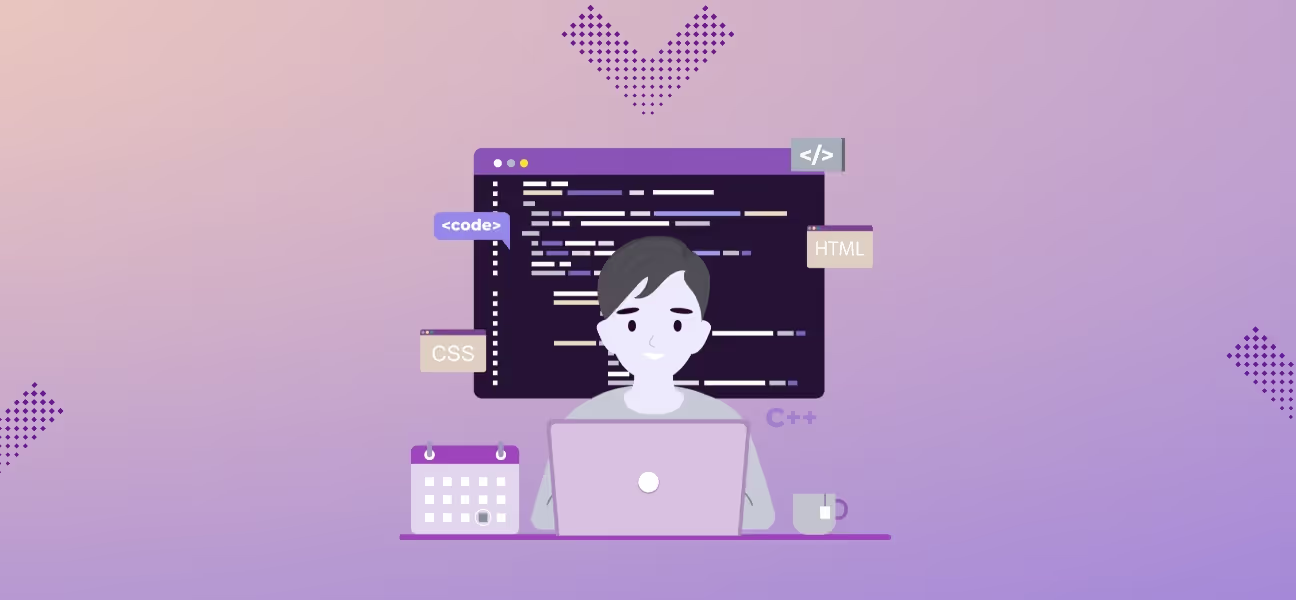
Introduction
Winning a new business is about proving you’re the right vendor. Yet, many sales and proposal teams find themselves stuck in lengthy, complex RFP cycles, only to lose deals during the vendor selection stage. The issue isn’t always capability; more often, it’s speed, clarity, and alignment with buyer expectations.
87% of B2B buyers say online content has a major or moderate impact on vendor selection. That means even the best solution can be overlooked if the proposal doesn’t hit the mark.
The good news? Vendor selection doesn’t have to feel like a black box. By understanding how buyers evaluate proposals and aligning your responses to those criteria, sales teams can dramatically increase their win rates and keep clients engaged long after the deal is signed.
This guide will walk you through the strategies to master vendor selection, win more contracts, and build long-term client relationships.
Key Takeaways
- Vendor selection is the stage where buyers choose one provider from a shortlist, based on clarity, speed, and alignment with goals.
- Common vendor mistakes include slow responses, inconsistent messaging, outdated content, and overburdened teams.
- Buyers evaluate vendors on performance, cost transparency, compliance, references, and proposal quality.
- Winning strategies include aligning with buyer priorities, accelerating timelines, utilising data-driven evidence, and demonstrating long-term value.
- AI-powered automation transforms the process by ensuring speed, accuracy, and scalability.
- Inventive AI helps vendors cut response times by 90%, improve win rates by 50%, and complete three times more RFPs without adding staff.
What is Vendor Selection in the RFP Process?
Vendor selection is the stage in the RFP process where buyers evaluate potential partners and decide who best fits their needs. It goes beyond comparing prices. It’s about assessing which vendor can deliver the most value, reduce risk, and align with the organization’s strategic goals.
In practical terms, vendor selection is how a buyer moves from a long list of proposals to a short list of serious contenders, and ultimately, to one chosen provider.
From the vendor’s perspective, this stage is critical. Every detail in the proposal, i.e., response quality, speed of delivery, accuracy of information, and ability to demonstrate ROI, affects whether you move forward or get eliminated. Winning vendor selection means proving that your solution doesn’t just meet requirements, but positions the buyer for long-term success.
Must Read: Top 25 RFP Software in 2025: Which to Use?
The 7 Key Steps of the Vendor Selection Process
Choosing the right vendor is a structured process. Each step builds toward a final decision that balances performance, cost, and long-term value. Here are the seven steps that buyers and procurement teams usually follow:
Step 1: Define Business Requirements and Stakeholders
Start by clearly listing your business goals, technical needs, and compliance requirements. Involve all key stakeholders so that expectations are aligned from the beginning.
Step 2: Research and Identify Potential Vendors
Look at the market to create a long list of vendors. Use online research, referrals, and industry directories. Shortlist those who match your core requirements.
Step 3: Issue an RFI and RFP to a Shortlist
Send a Request for Information (RFI) to gather basic details and filter out weak matches. Then issue a detailed Request for Proposal (RFP) to shortlisted vendors to collect structured responses.
Step 4: Evaluate Proposals with a Vendor Scorecard
Review vendor proposals against clear criteria such as performance, security, cost transparency, and scalability. Use a scorecard to compare responses fairly and reduce bias.
Step 5: Conduct Demos and Check References
Invite vendors to demonstrate their solution in a live session. Ask for case studies and client references to verify claims and get real-world proof of performance.
Step 6: Negotiate Contracts and SLAs
Discuss pricing, payment terms, and service-level agreements (SLAs). This step helps prevent surprises later and ensures both sides agree on clear performance standards.
Step 7: Finalize Selection and Begin Onboarding
Select the vendor that best fits your goals and budget. Sign the agreement, then begin onboarding and knowledge transfer so the partnership starts smoothly.
Knowing what vendor selection is sets the stage, but vendors often stumble at this point. Next, let’s explore the everyday challenges they face.
Common Challenges Vendors Face in Selection Processes
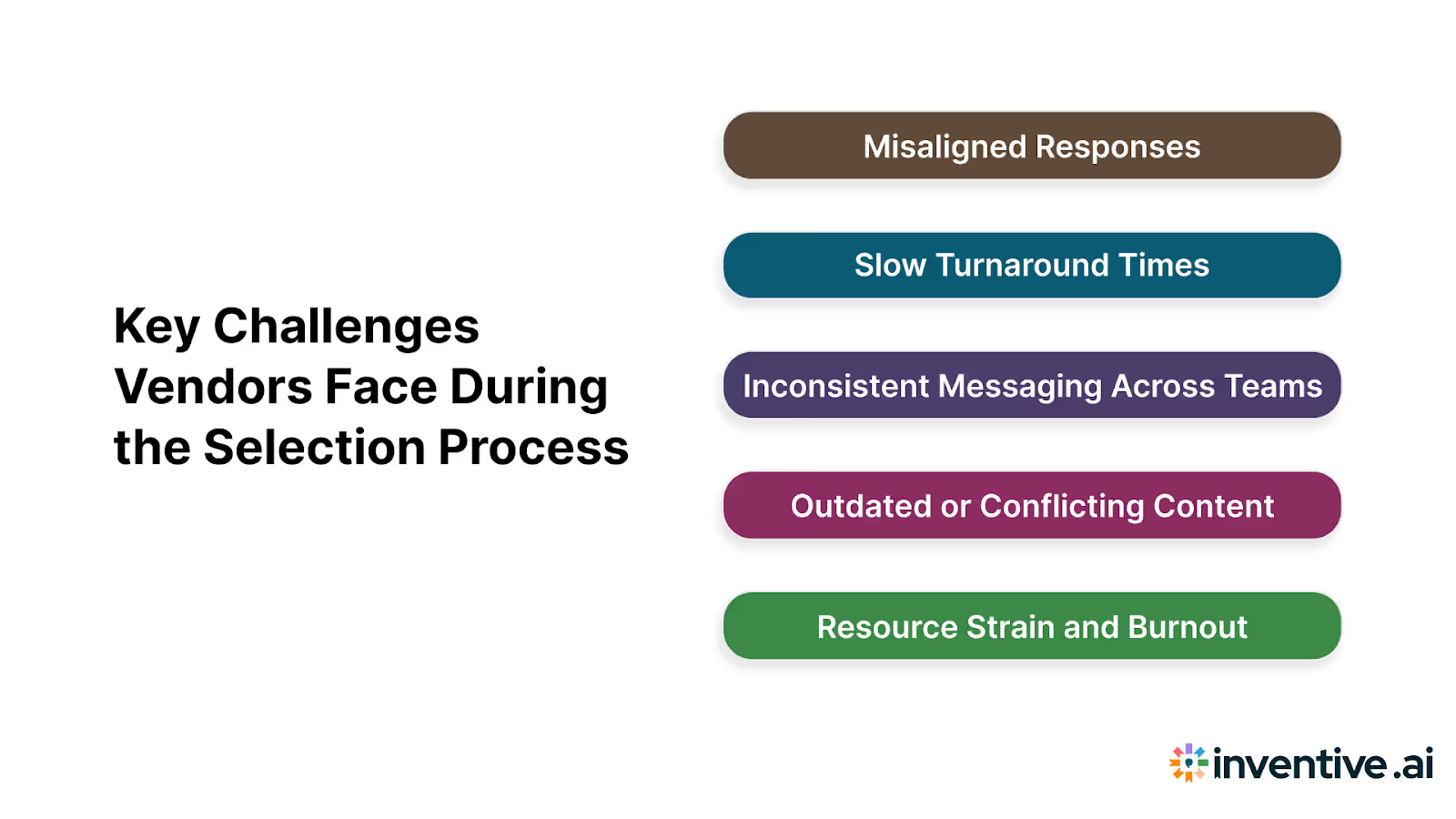
The vendor selection stage is often the deciding factor between winning and losing a contract. Even strong vendors get eliminated due to avoidable missteps. More than 80% of small and medium enterprises rely on ERP systems to manage vendor workflows.
Let’s look at the most common challenges vendors face, with real-world examples of how they play out.
1. Misaligned Responses
Many proposals miss the mark by focusing too much on product features instead of the outcomes buyers care about. Decision-makers want to know how your solution will save money, improve efficiency, or reduce risk.
For instance, a fintech vendor recently lost a major deal because their RFP response emphasized technical architecture but failed to explain how it would help the client reduce transaction errors. The buyer viewed this as a lack of alignment with business goals and chose a competitor.
2. Slow Turnaround Times
Strict RFP deadlines leave no room for delays, and late submissions almost always lead to disqualification. A SaaS provider bidding for a state government contract missed the submission deadline by just 12 hours because multiple departments couldn’t finalize their inputs on time. Despite being well-qualified, they were automatically removed from consideration.
3. Inconsistent Messaging Across Teams
Proposals often require collaboration between sales, product, legal, and compliance teams. Without a unified content hub, the result can be fragmented or contradictory responses.
A healthcare IT vendor, for example, submitted a proposal where the sales team highlighted a 24/7 support model, while the technical appendix stated support hours as “8 AM–8 PM EST.” This inconsistency raised doubts about reliability, causing the buyer to lose confidence.
4. Outdated or Conflicting Content
Relying on old templates or recycled answers can quickly backfire. Buyers expect updated, accurate information, especially in highly regulated industries. In one case, a cybersecurity vendor included an expired ISO certification in its proposal.
Even though their technical solution was competitive, the outdated document signaled poor internal oversight, and the client awarded the contract to a competitor who demonstrated up-to-date compliance.
5. Resource Strain and Burnout
Managing multiple RFPs simultaneously stretches sales and proposal teams thin. Manual tasks like hunting for past responses or reformatting documents waste hours of productive time.
A mid-market cloud provider faced this challenge when handling three enterprise RFPs in the same quarter. Their overstretched team rushed through the submissions, resulting in errors and generic responses. Two of the three bids were rejected for lack of detail, costing them significant revenue opportunities.
Understanding these pitfalls makes it easier to see why certain vendors win while others lose. But what exactly are buyers looking for when they evaluate proposals?
10 Key Vendor Selection Criteria to Build Your Scorecard
During vendor selection, buyers do not just look at price. They measure vendors on multiple factors that show trust, reliability, and long-term value. Vendors who understand these criteria can shape their proposals to stand out.
Here are ten factors that typically form the backbone of a vendor scorecard:
1. Performance and Reliability
Buyers want to see that your product or service performs as promised. They check uptime records, service-level agreements, and case studies from similar clients. A telecom provider recently won a contract by showing a 99.99% uptime record across Fortune 500 clients.
2. Total Cost of Ownership (TCO)
Price alone is not enough. Buyers look at the full cost of ownership, including setup, training, and ongoing maintenance. Vendors who clearly explain all costs and avoid hidden fees score higher on trust.
3. Alignment with Technical and Business Requirements
A good proposal should meet both technical needs and business goals. For example, a healthcare SaaS vendor secured a deal by showing how their software worked seamlessly with the buyer’s existing system while supporting compliance goals.
4. Security and Data Handling Practices
Security is a top concern, especially in regulated industries. Buyers want proof of compliance, certifications, and clear data handling policies. Failing to show evidence, like SOC 2 certification, can disqualify a vendor even if the product works well.
5. References and Past Success Stories
Buyers seek reassurance that you have delivered value before. Strong proposals include case studies, testimonials, and client references that highlight measurable results such as reduced costs, higher efficiency, or faster delivery.
6. Quality of RFP Responses
A proposal is often the first impression of your professionalism. Buyers look at clarity, formatting, and attention to detail. Proposals that are error-free, easy to read, and consistent across sections stand out.
7. Financial Stability
Buyers prefer vendors who are financially secure and can support a long-term partnership. They may request financial statements or credit checks to confirm stability. Vendors who demonstrate steady growth and strong backing reduce buyer risk.
8. Scalability and Future-Proofing
Organizations want solutions that can grow with them. Vendors should show how their offering scales as business needs expand and adapts to future technologies or regulations. This reassures buyers that the partnership will remain valuable in the long term.
9. Customer Support and SLAs
Strong customer support can make or break a deal. Buyers want to know what level of support you offer, how quickly issues are resolved, and whether you provide 24/7 availability. Clearly defined service-level agreements (SLAs) build confidence.
10. Cultural Fit
Beyond technical and financial criteria, buyers look for alignment in values and ways of working. A cultural fit fosters smoother collaboration, reduces friction, and strengthens partnerships. Vendors who demonstrate flexibility, transparency, and shared goals often score higher here.
When preparing proposals, build your own internal scorecard around these ten factors. This ensures that your responses not only meet requirements but also speak directly to what buyers value most.
Must Read: Complete Guide to Vendor Selection Procedure Steps
Strategies to Master Vendor Selection and Win More Clients
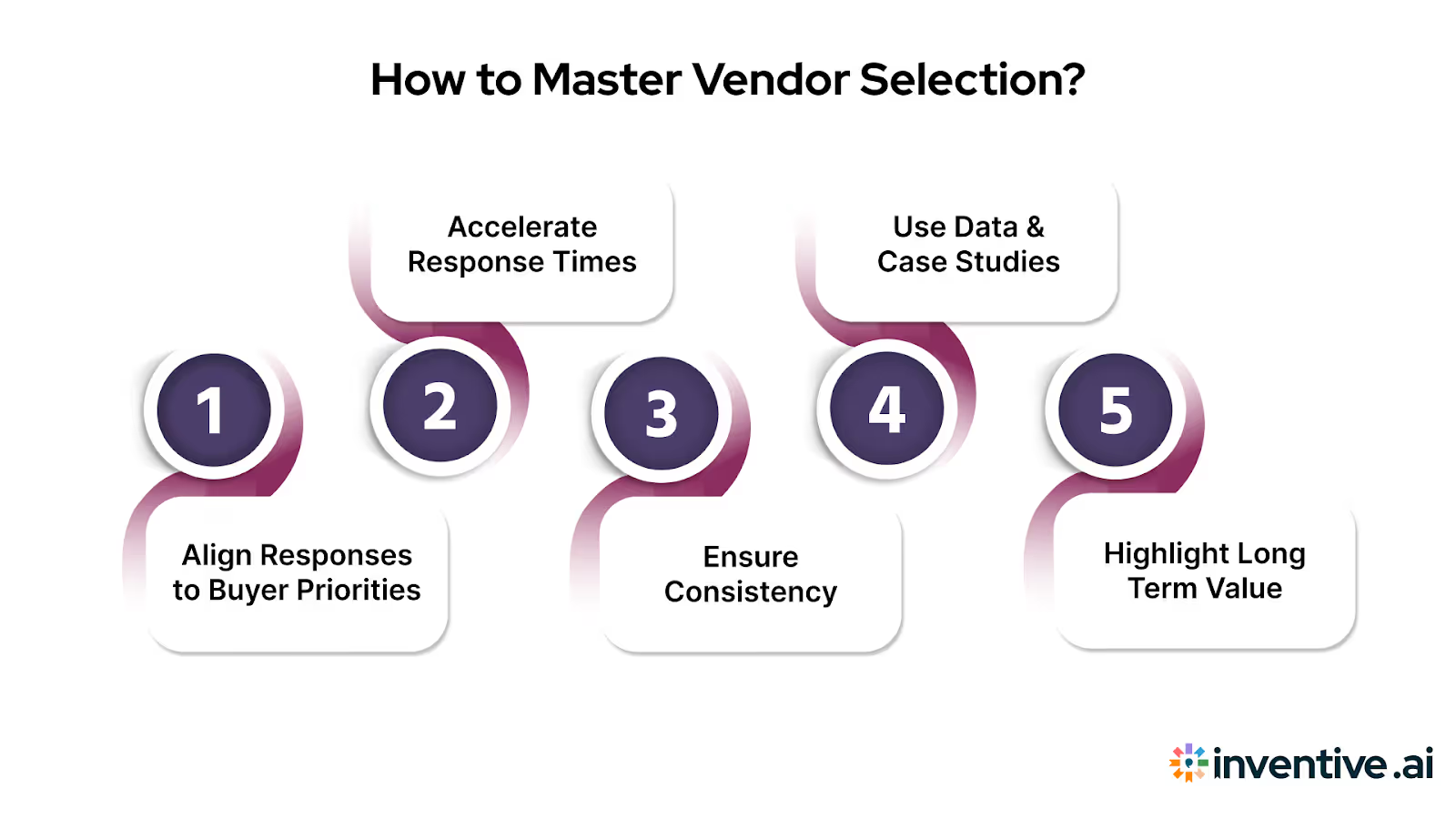
Knowing what buyers look for is only the first step. Success depends on how vendors respond. By aligning your proposals with evaluation criteria, you can increase your chances of winning contracts and building long-term relationships.
Here are key strategies to master the vendor selection process:
1. Align Responses to Buyer Priorities
Buyers evaluate vendors based on how well their solutions solve business problems, not on technical jargon. Vendors should frame proposals around outcomes such as cost savings, efficiency gains, or risk reduction.
For instance, a software company responding to a finance RFP secured the contract by demonstrating how its solution reduced manual data entry time by 60%, directly addressing the buyer’s goal of operational efficiency.
2. Accelerate Response Times
Timeliness can make or break a proposal. Vendors should establish streamlined workflows to ensure submissions meet deadlines without sacrificing quality. One IT services firm used automation tools to cut response preparation from two weeks to five days, enabling them to deliver a polished proposal well ahead of schedule. This proactive approach impressed evaluators and reinforced the vendor’s reliability.
3. Ensure Consistency and Accuracy
Proposals often involve multiple contributors, but inconsistencies in tone or conflicting details can weaken credibility. Vendors should centralize content and enforce version control. A healthcare technology vendor improved its selection rate by standardizing responses with a shared content library, ensuring all messaging about compliance, uptime, and support matched across documents.
4. Use Data and Case Studies
Concrete evidence often tips the scales in favor of one vendor over another. Vendors should integrate case studies, testimonials, and metrics that highlight past success.
For example, a logistics vendor boosted its win rate by presenting a case study where they reduced a client’s shipping costs by 20% and improved delivery speed by 15%. This not only validated their capabilities but also gave evaluators measurable proof of impact.
5. Highlight Long-Term Value, Not Just Short-Term Fit
Vendor selection is about establishing long-term partnerships. Vendors who show how their solutions scale with growth, adapt to regulatory changes, or provide ongoing ROI stand out. A SaaS provider secured a three-year contract by demonstrating how their platform could evolve alongside the buyer’s expansion into new markets, offering confidence in future alignment.
Of course, implementing these strategies manually is difficult. This is where automation comes in to transform vendor selection success.
How AI-Powered Automation Transforms Vendor Selection Success?
Vendor selection often comes down to clarity, speed, and trust. Manual RFP processes make it difficult for vendors to meet these expectations, but AI-powered automation is reshaping how proposals are created, evaluated, and ultimately chosen.
Speed and Efficiency
One of the greatest advantages of AI-powered automation is the speed it brings to the RFP process. What once took days of manual drafting and coordination can now be done in a fraction of the time. Teams are able to generate accurate first drafts quickly, giving them more room to refine win themes, strengthen messaging, and tailor responses to buyer priorities. Faster submissions not only help vendors meet strict deadlines but also signal reliability, a factor buyers weigh heavily during evaluation.
Consistency Across Responses
Another area where automation has transformed vendor selection is consistency. Proposals are often the product of multiple teams working together, which can lead to conflicting information or uneven tone. Automation solves this by creating a single source of truth for all responses, certifications, and technical details. This ensures that every proposal reflects the same professional voice and coherent messaging, which builds buyer confidence.
Accuracy and Freshness of Content
Outdated information is a common reason vendors lose credibility during selection. Buyers quickly notice expired certifications, stale case studies, or figures that no longer apply. Automation reduces this risk by keeping content accurate and up to date. Teams can rely on proactive systems that flag outdated material, ensuring that proposals always showcase the vendor’s current capabilities. This emphasis on accuracy reassures buyers and strengthens the vendor’s reputation.
Better Outcomes for Vendors
Ultimately, automation’s value extends beyond speed and accuracy. By reducing repetitive manual work, vendors can dedicate more time to strategy and client engagement. This leads to stronger, more compelling proposals that align closely with buyer needs. Over time, the impact becomes measurable: faster response cycles, higher-quality submissions, and improved win rates. Vendors who adopt automation not only perform better in the selection process but also lay the groundwork for long-term client trust and retention.
But how does this look in practice? Let’s see how Inventive AI is helping vendors simplify the vendor selection process.
Must Read: Free Guide to Logistics RFP Management
How Inventive AI Simplifies Vendor Selection Success?
If your team spends weeks preparing RFP responses only to lose deals during the vendor selection stage, you’re not alone. For vendors in SaaS, healthcare, finance, or technology, selection has become a high-stakes bottleneck where speed, accuracy, and clarity decide the outcome.
Buyers expect timely, complete, and professional proposals. But when content lives in scattered documents, past responses, and inbox threads, vendors face missed deadlines, inconsistent messaging, and disqualified bids. The result? Lower win rates and lost revenue opportunities.
What if you could reduce response times by 90%, ensure consistency across every proposal, and align responses directly with buyer evaluation criteria, without overloading your sales or proposal teams? That’s where Inventive AI comes in.
90% Faster Proposal Completion: Instead of spending 20–30 hours coordinating across departments and formatting responses, vendors using automation generate first-pass answers in under three hours. That means more time for personalization, strategy, and client engagement.
10x Faster Drafts From a Central Knowledge Hub: Inventive AI pulls accurate, up-to-date content from past RFPs, technical documents, and approved libraries. Teams no longer waste time searching folders or rewriting standard sections. Responses are drafted quickly and confidently.
95% Accuracy With Confidence-Scored Responses: Every draft is tied back to verified company content, flagged with confidence scores, so reviewers know precisely where to focus. This reduces rework and ensures proposals are polished, consistent, and buyer-ready.
3x More RFPs Completed With the Same Team: Proposal and sales teams report handling three times more opportunities without adding headcount. Features such as content reuse, auto-tagging, and approval workflows enable scaling output while maintaining quality.
Real-Time Collaboration Across Teams: With integrations for Slack and Microsoft Teams, proposal managers can gather inputs, assign sections, and track progress without endless email chains. Cross-functional collaboration becomes seamless, ensuring that every proposal is complete and submitted on time.
Automated Detection of Content Gaps: Before submission, the system highlights missing answers, outdated references, or conflicting details. Vendors submit responses that are not only fast but also consistent, error-free, and aligned with client expectations.
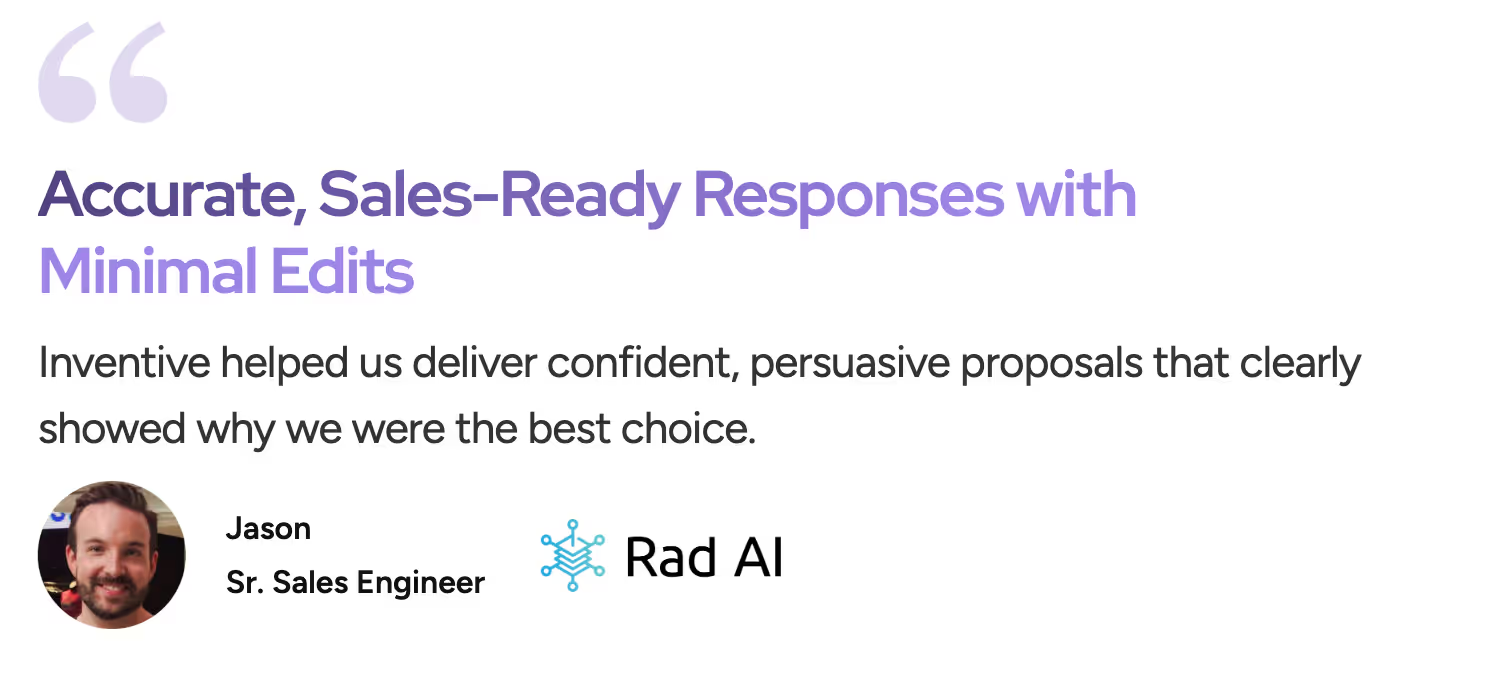
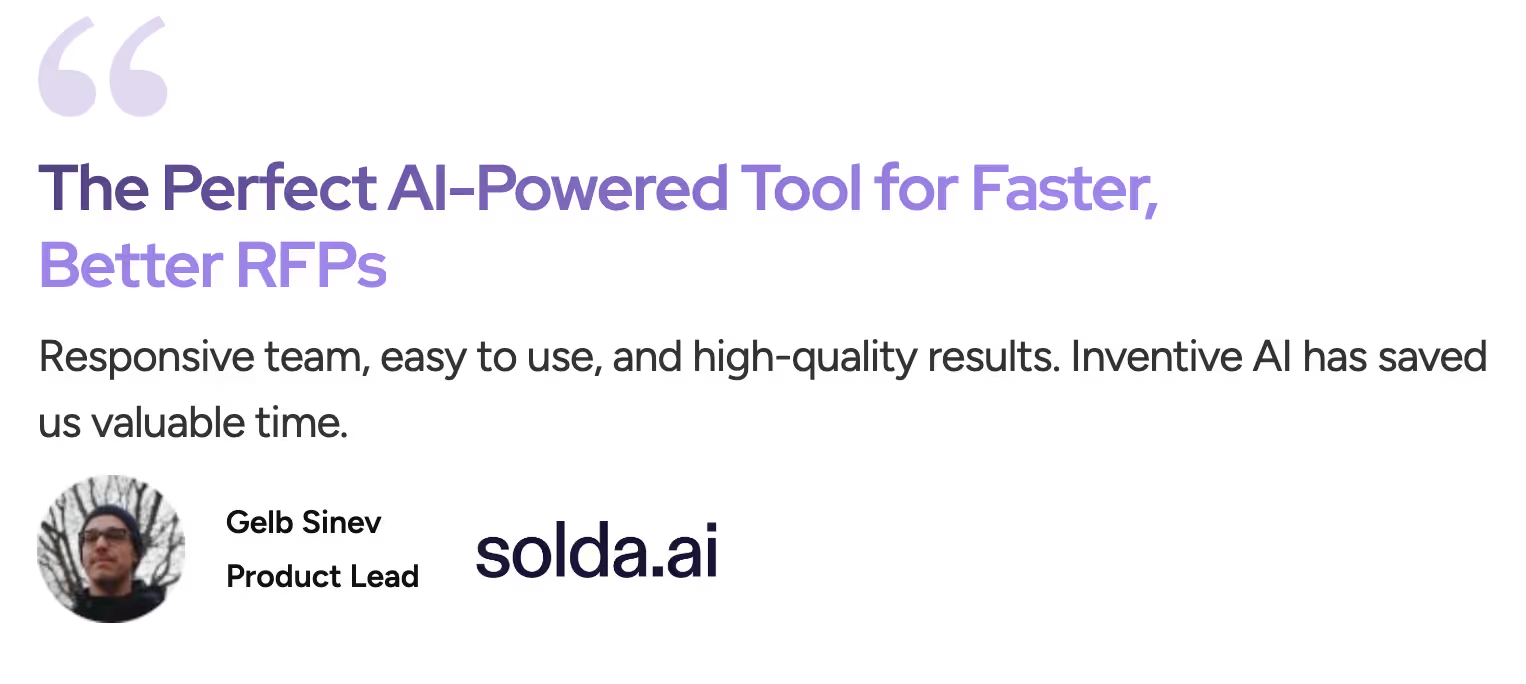
Here’s why it matters for sales, proposal, and revenue Teams
- Cut vendor selection response times by up to 90%.
- Eliminate manual errors, outdated content, and formatting issues.
- Enable seamless collaboration across proposal, sales, and technical teams.
- Improve win rates by submitting professional, buyer-aligned proposals every time.
- Scale capacity without overloading existing staff.
Conclusion
Every missed deadline, inconsistent proposal, or outdated reference chips away at your chances of being chosen during vendor selection. The truth is, buyers aren’t just comparing features; they’re comparing how clearly and confidently vendors can demonstrate value. Manual processes slow you down and make it nearly impossible to compete at scale.
That’s where automation makes the difference. With AI-powered RFP response software, your team can reduce response times by 90%, increase win rates by 50%, and handle more opportunities without adding headcount. Instead of scrambling to meet deadlines, your sales and proposal teams can focus on building client relationships and crafting winning strategies.
FAQs
1. How is vendor selection different from vendor evaluation?
Vendor evaluation is the process of scoring and assessing potential providers based on set criteria, while vendor selection is the final decision-making stage where one vendor is chosen. In other words, evaluation feeds into selection.
2. What industries rely most heavily on vendor selection processes?
Industries with complex procurement needs, such as SaaS, healthcare, finance, government contracting, and logistics, depend heavily on structured vendor selection. In these fields, accuracy, compliance, and long-term reliability are often more important than cost alone.
3. How long does a typical vendor selection process take?
The timeline varies by industry and project size, but most vendor selection processes run anywhere from four to twelve weeks. Delays often occur when responses are incomplete, inconsistent, or require extensive clarification from vendors.
4. What role does technology play in vendor selection today?
Technology enables faster, more accurate selection by standardizing scoring, centralizing proposal data, and automating repetitive tasks. Many organizations now use AI-powered RFP response tools to streamline submissions and improve decision-making transparency.
5. Can vendor selection criteria change from project to project?
Yes. While performance, cost, and reliability are always important, criteria can shift depending on the project’s goals. For instance, a healthcare RFP may prioritize compliance and security, while a SaaS RFP may focus more on scalability and integration.
6. What happens if a vendor is not selected? Can they still win future opportunities?
Absolutely. Many buyers keep a shortlist of vendors they considered but did not select. Submitting a clear, professional, and timely proposal, even if unsuccessful, can position a vendor favorably for future opportunities when new needs arise.


